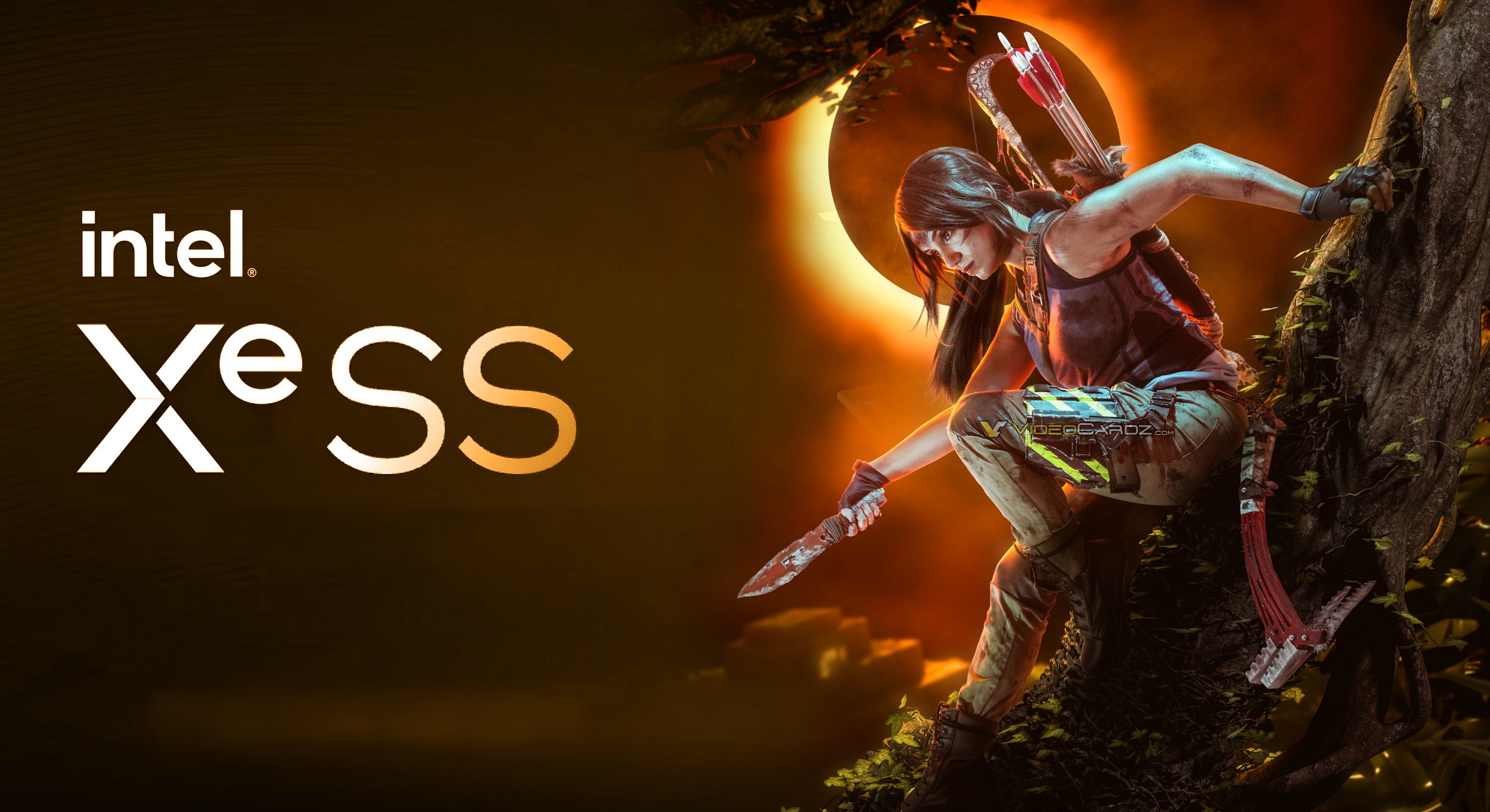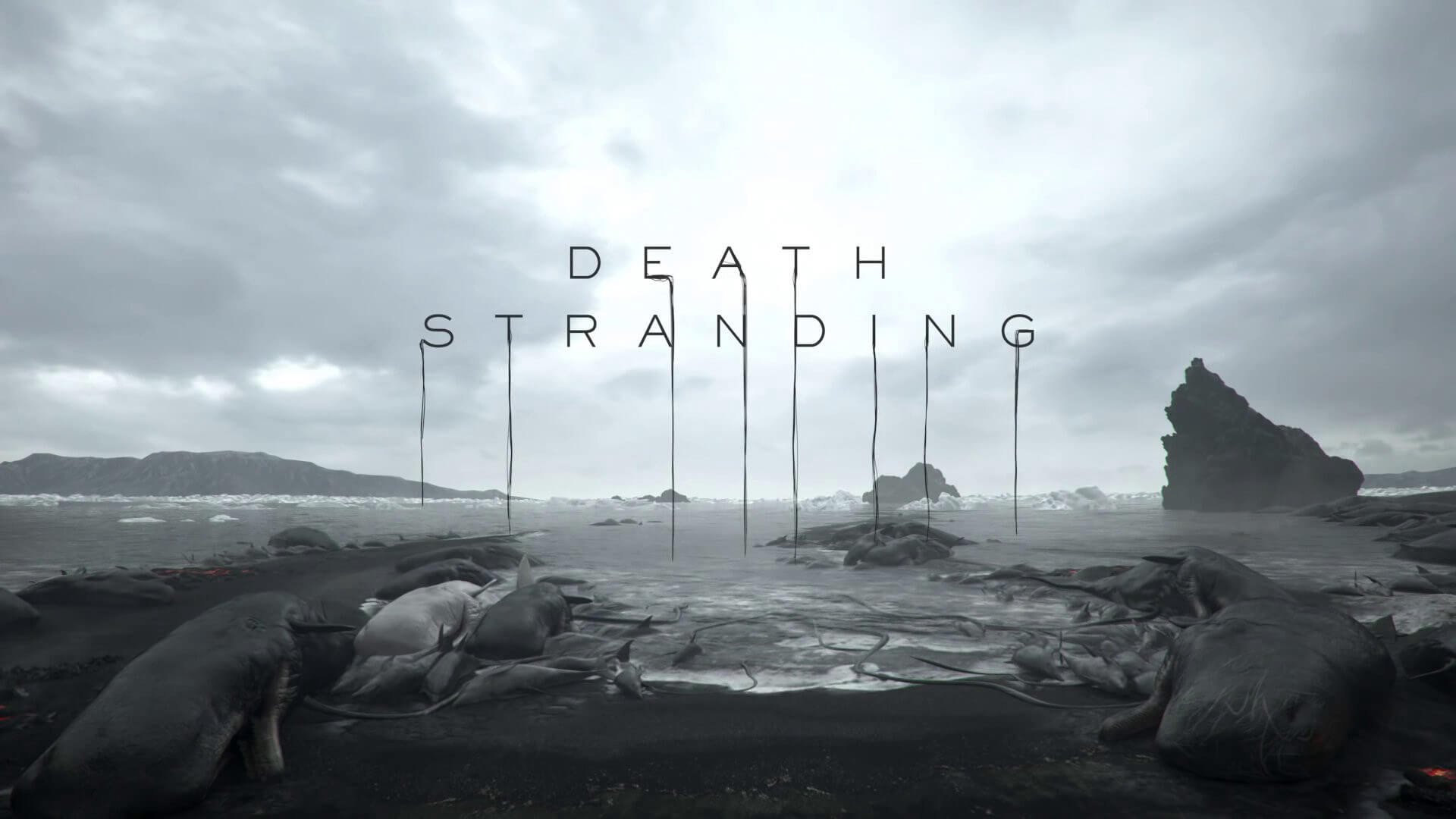DegustatoR
Legend
So they are allowing it to run on cards without DP4a support after all. This will be interesting in terms of performance.Hey what do you know - Intel literally reached out to us again in the night for *further* clarification. I just tweeted about it.
So I think this means we will see varying levels of XeSS speed depending on the GPU generation and make... which is good.




